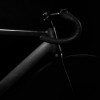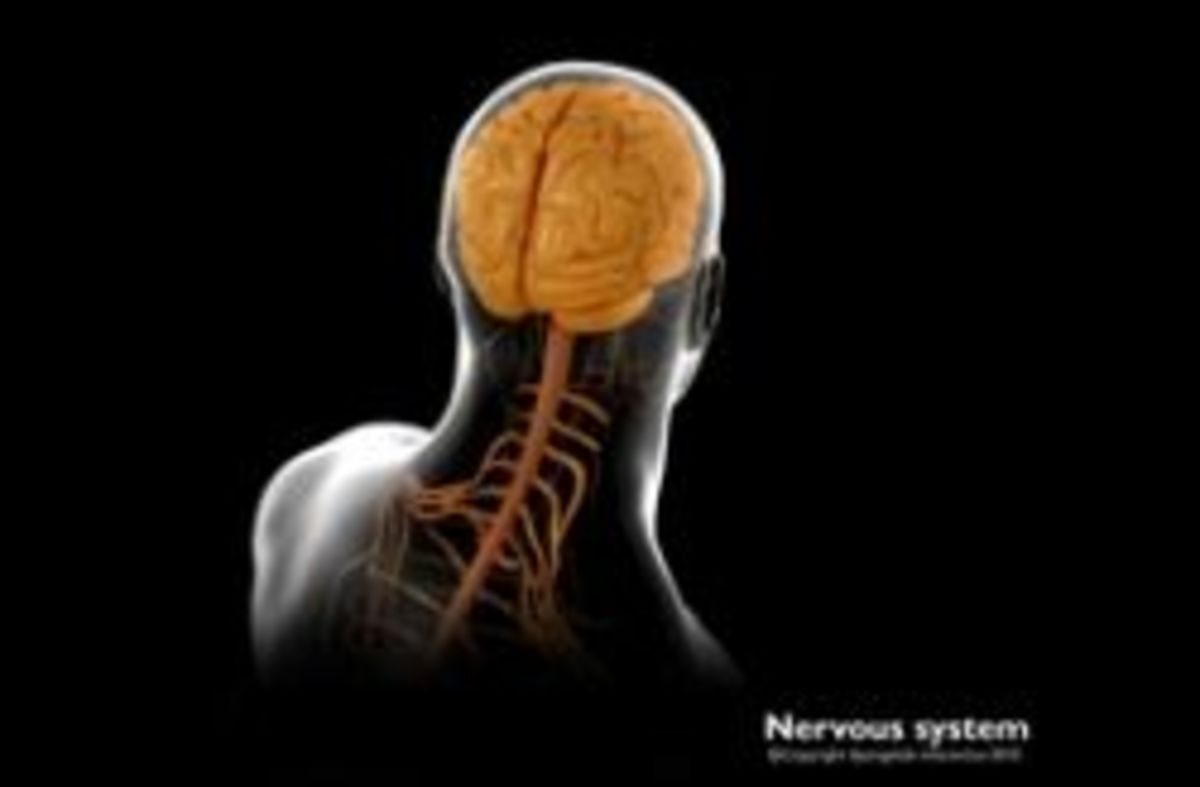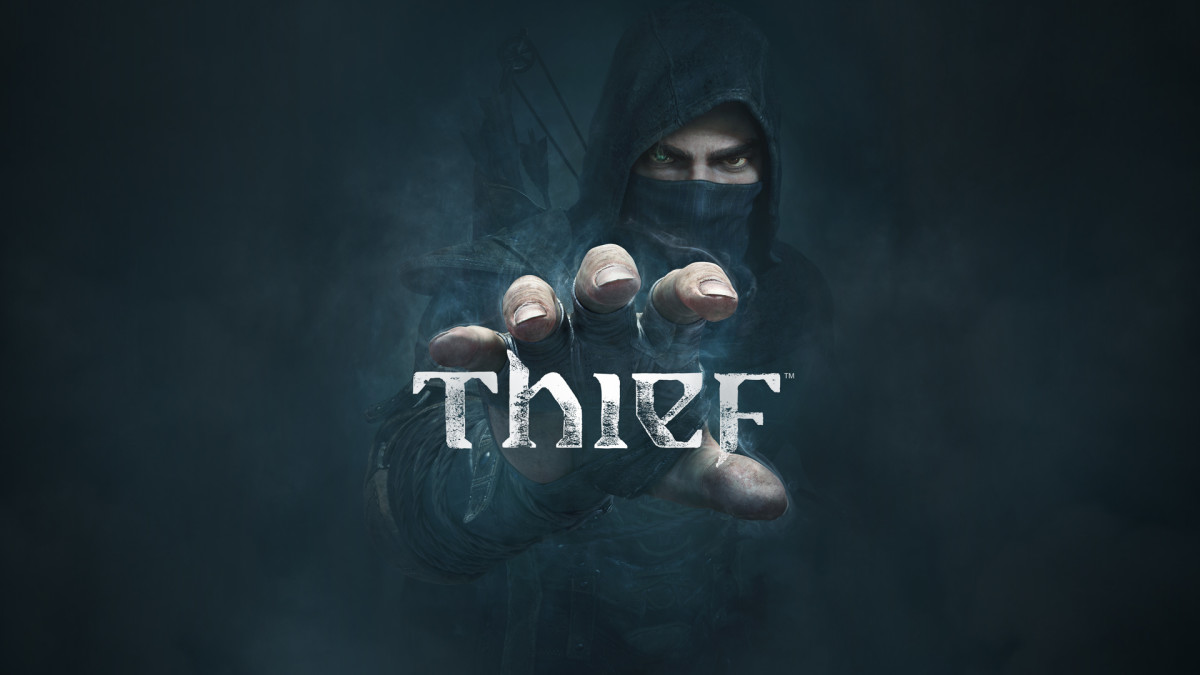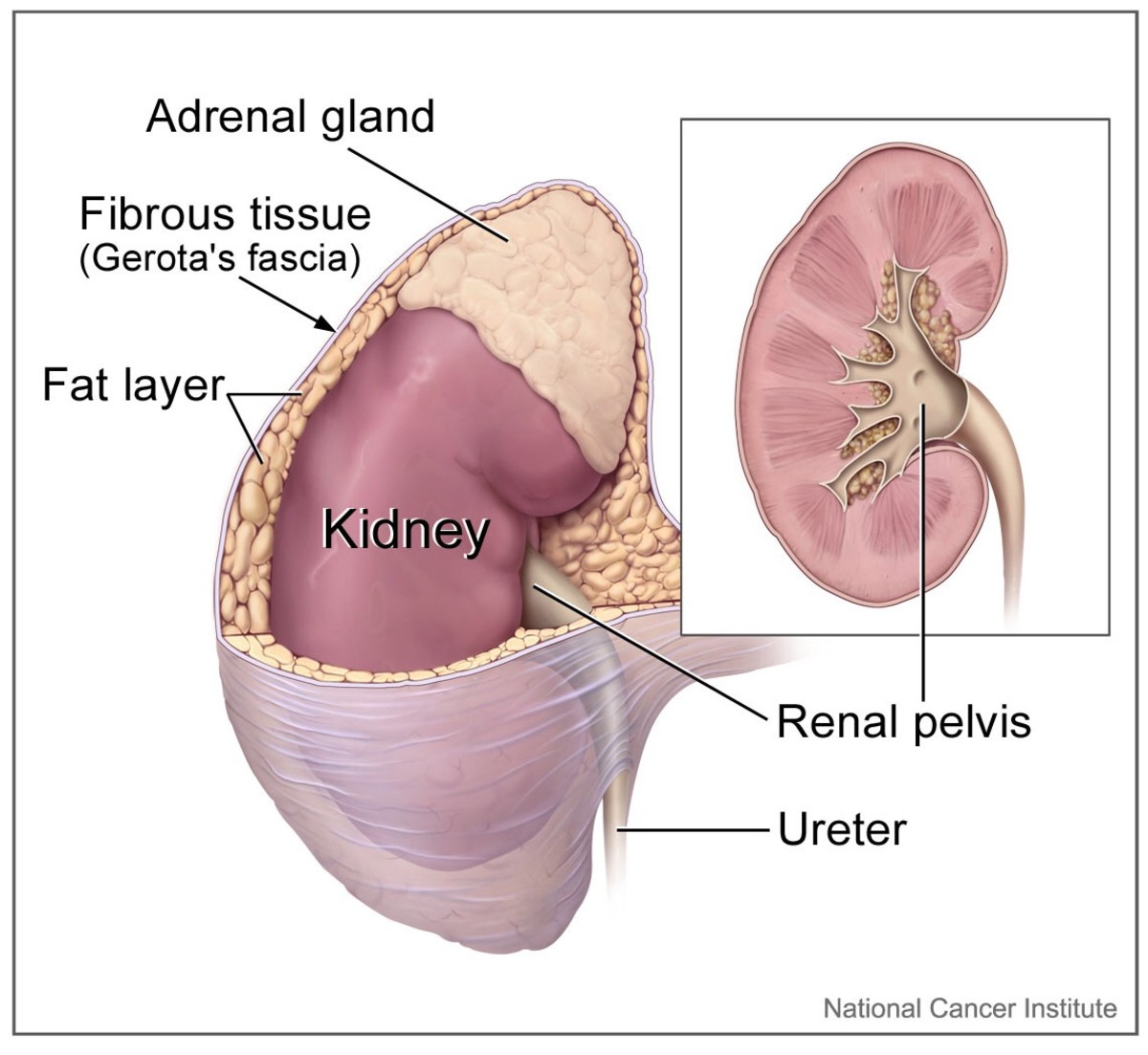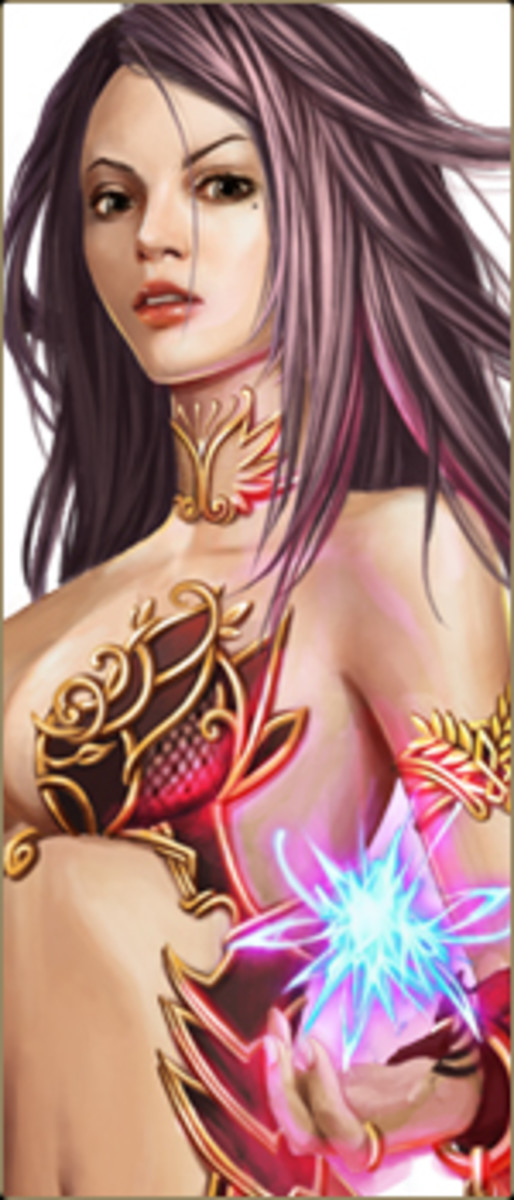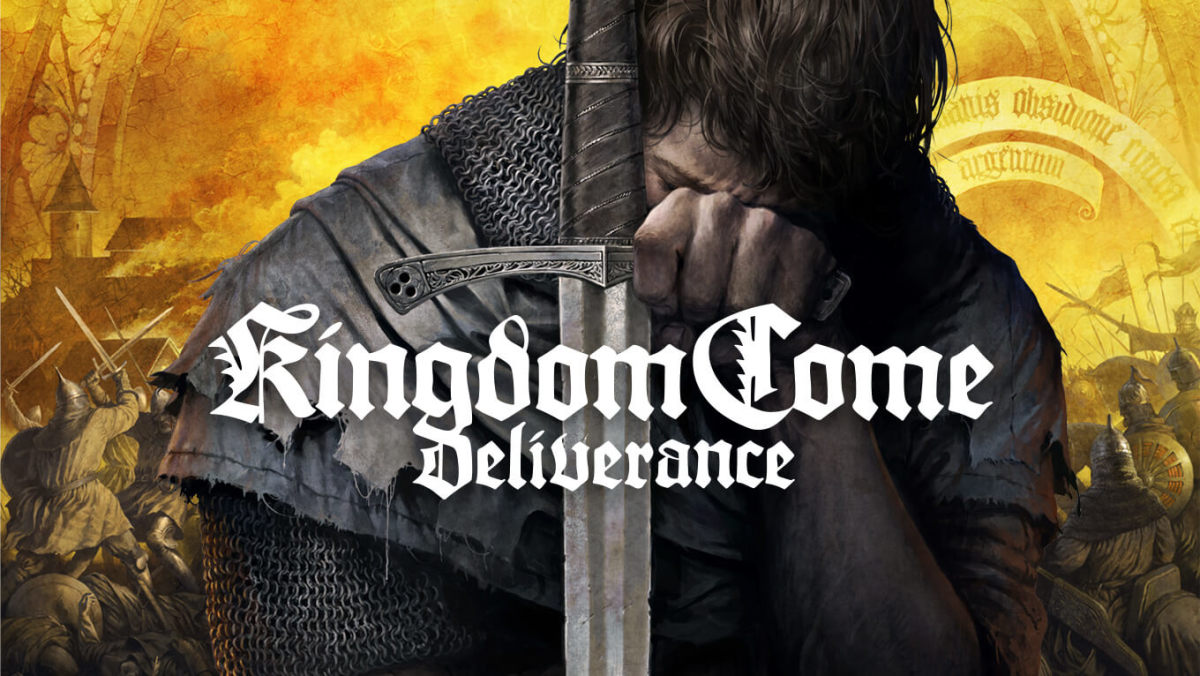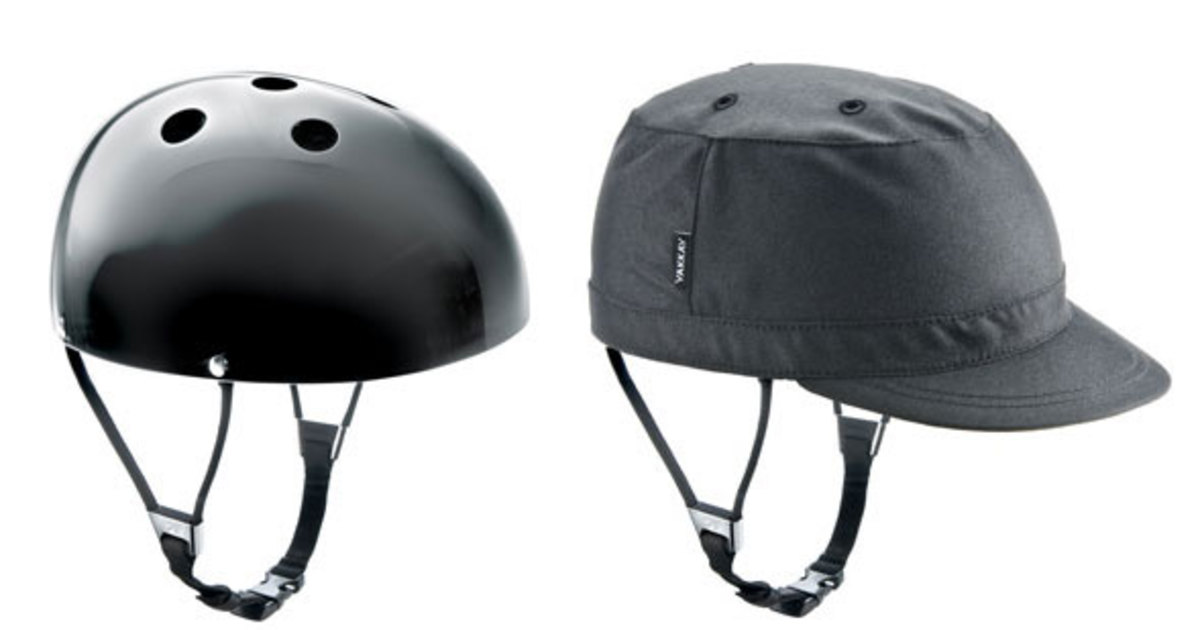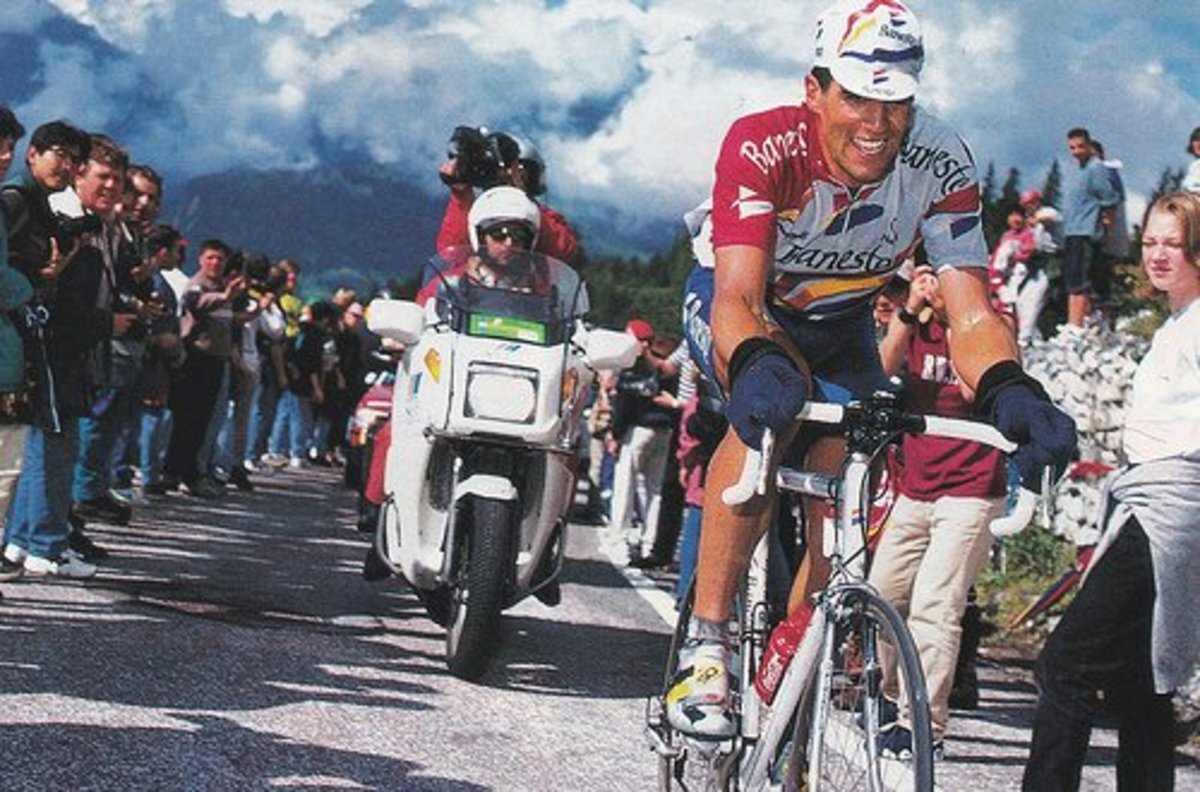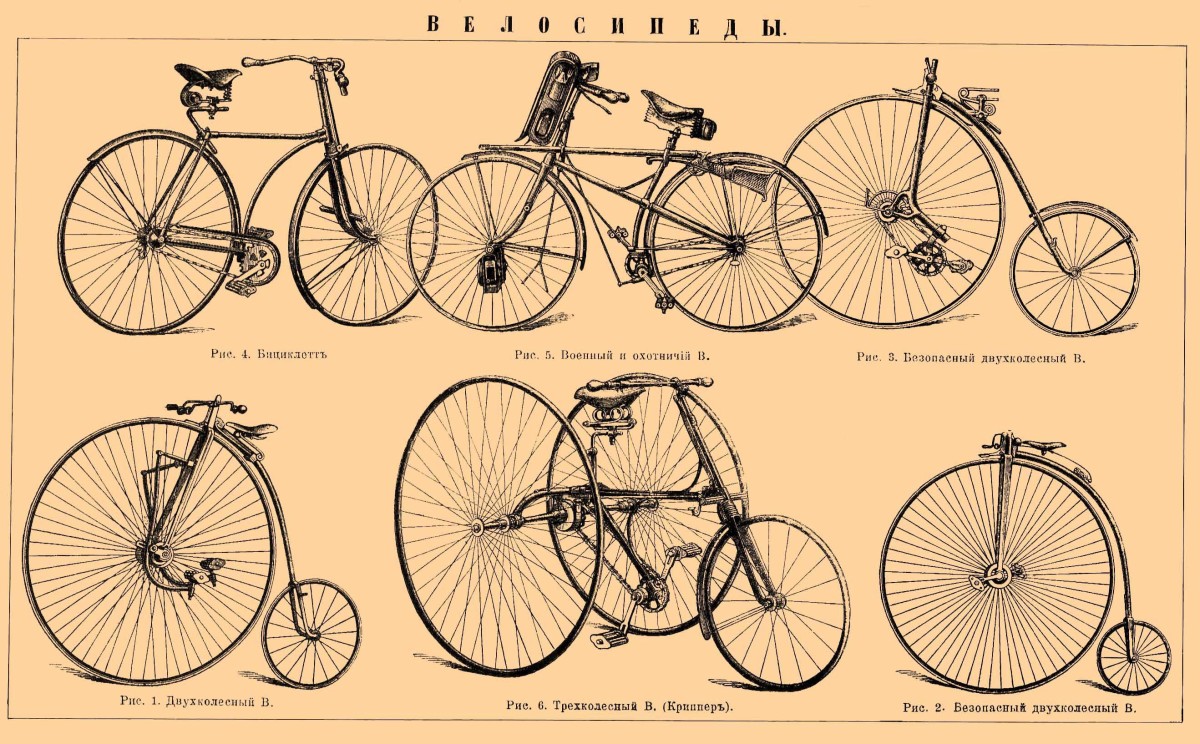Get to Know Pain
The body has a very intricate and effective communication system that runs from the body to the mind to tell the mind what is going on in the body. We call this
One of the messages regularly sent from the body to the mind is called pain. The pain is meant to tell our minds that something pretty drastic is happening to our bodies.
As far as an athlete is concerned, there are two types of pain. There is the type of pain, which tells you that there is an injury, illness, or pending injury. We need to listen to this type of pain to prevent permanent injury. You don't want to ignore this type of pain very long. This type of pain can also tell you when you have bonked or are dehydrated. You need to listen to these symptoms and act accordingly. You should seriously consider stopping and getting help to recover or re-hydrate as soon as possible.
The other type of pain tells you what is going on in your muscles during physical exertion. It tells you whether you are functioning aerobically or anaerobically, how hard you are working in relation to your fitness level, when your fitness level has changed, and if you have gone beyond your fitness level.
Our nerves have a threshold for message transmission. We call this a pain threshold. It takes a minimum stimulation of the sensor nerves to cause them to transmit a message back to the brain. We have known for a long time that this threshold increases as your fitness level increases. This means that it takes more of the same stimulation to cause the nerves to send a message of pain.
One thing that most people don't know is that as your fitness level increases the pain threshold of your nerves increases and it also changes the message that is sent. A very fit pro does not get the same pain sensation that an amateur does.
When a beginning level amateur works hard enough to feel pain, the pain is very sharp. As your fitness level increases and your pain threshold increases, the pain becomes increasingly dull in nature until it reaches a point to where most of what a pro feels is a feeling of extreme fatigue.
It would not be possible for pro's to endure as much pain as they do if the sensation were as sharp and biting as it is for amateurs. We would not be able to condition beyond a certain point if the pain sensation did not change. This should give you amateur's hope for the future. Don't give up.
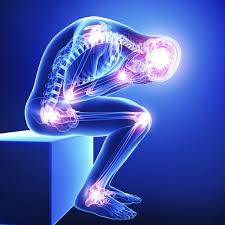
Focus and Pain
Over 30 years ago, I learned something very interesting about pain on a training ride. I had broken away from George and some other riders for an attempted solo. Remember that George was a former British National Champion and nobody in New Mexico at that time could out run him one on one.
George broke away and was quickly pulling me in while my legs felt like they would break with any next push on the pedals. I looked back at him, said no, and attacked. The pain went away and I disappeared over the horizon.
When I did that attack, the pain already in my legs and the increased effort must have caused an increased endorphin dump in my body, which naturally anesthetized my body against pain. After that, I began to study and learn about pain and pain control and learned to use it to control my pain sensation.
There are several things, which effect your pain sensation. As stated above, fitness level effects your pain sensation and, therefore, affects your pain control. The more fit you are the easier it is to control your pain.
Another factor that is very effective in controlling pain sensation is focus. The more you focus on your pain, the more intense it seems to you. Obviously, the less you focus on your pain and the more you focus on the race, strategy, pace, and etc., the less intense the pain will seem.
Now, how can I use this to my advantage? If I can decrease my focus on my pain and increase my competitions' focus on their pain, I can make them want to quit more than I want to quit. You use their minds to beat them by understanding pain.
One way to do this is to simply ignore your pain and fatigue sensations by focusing on your bike race. Keep your focus on the race activity, strategy, where you are in the race, and other race business. This is called keeping your head in the race.
The other way is to increase your competitions' awareness of their pain sensations. You do this by attacking and riding hard when you know your competition is hurting. Focus on their pain and not yours and on increasing their pain to make them want to quit more. You're only going to make them want to quit so much and then they will quit.
I taught my riders to use this well enough that several people told me that riders from other teams had told them that they hated to see my team show up at a race because it meant they were going to hurt. I call it racing mean.
I learned as a kid living in really nasty transient neighborhoods and doing a lot of street fighting that the first and most important rule to fighting is, when the fight starts, make sure you're the meanest one there. If you focused on not getting hurt instead of on hurting the other guy, you got your butt whipped.
Focus on hurting the other guy. It works.
This content is for informational purposes only and does not substitute for formal and individualized diagnosis, prognosis, treatment, prescription, and/or dietary advice from a licensed medical professional. Do not stop or alter your current course of treatment. If pregnant or nursing, consult with a qualified provider on an individual basis. Seek immediate help if you are experiencing a medical emergency.
